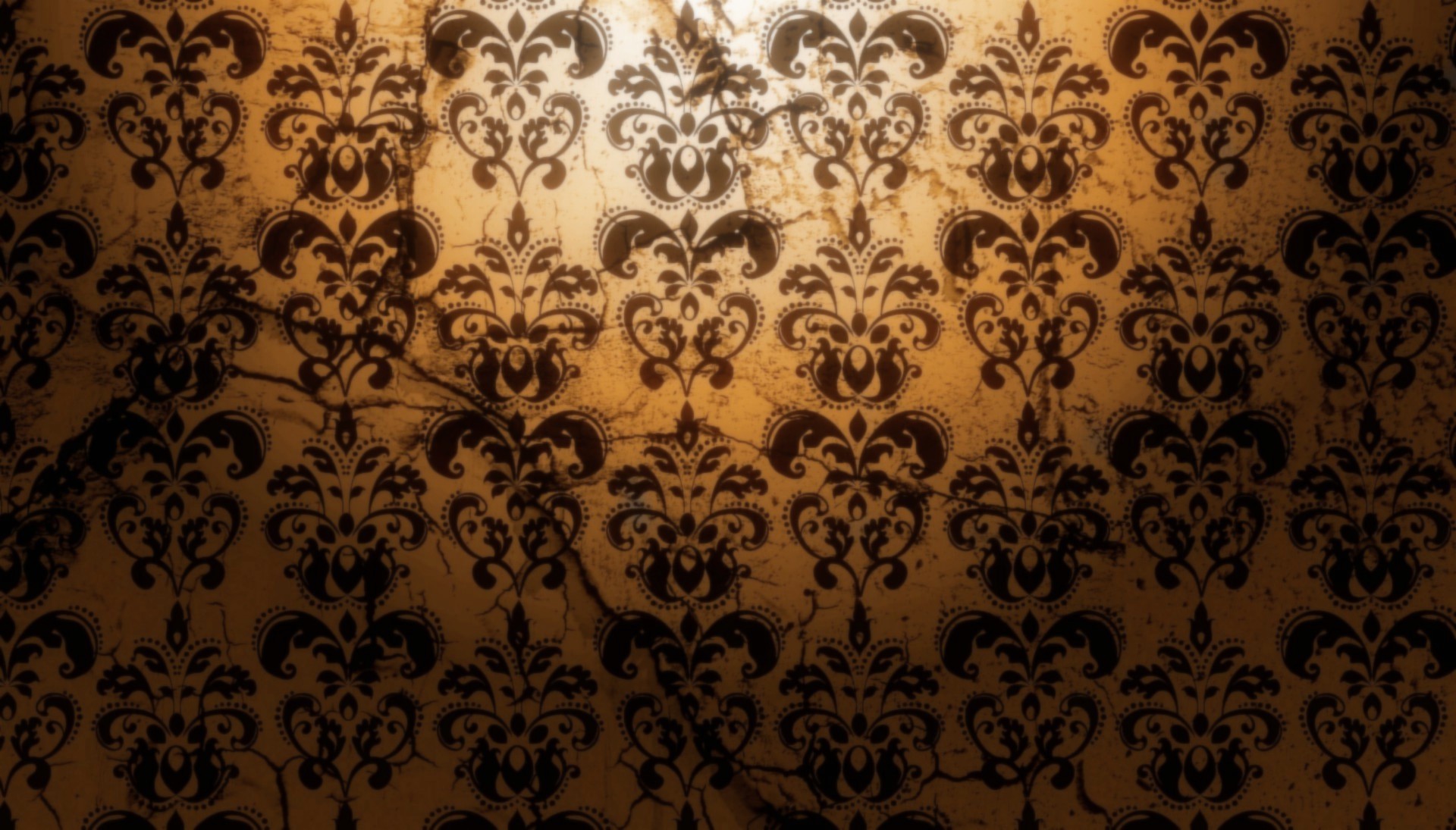.
Michelangelo was an Italian artist active in Rome, Naples, Malta, and Sicily between 1593 and 1610. His paintings, which combine a realistic observation of the human state, both physical and emotional, with a dramatic use of lighting, had a formative influence on the Baroque school of painting. Caravaggio trained as a painter in Milan under Simone Peterzano who had himself trained under Titian. In his early twenties Caravaggio moved to Rome where, during the late 16th and early 17th centuries, many huge new churches and palazzi were being built and paintings were needed to fill them. During the Counter-Reformation, the Roman Catholic Church searched for religious art with which to counter the threat of Protestantism, and for this task the artificial conventions of Mannerism, which had ruled art for almost a century, no longer seemed adequate.
An early published notice on him, dating from 1604 and describing his lifestyle three years previously, tells how:
… after a fortnight’s work he will swagger about for a month or two with a sword at his side and a servant following him, from one ball-court to the next, ever ready to engage in a fight or an argument, so that it is most awkward to get along with him.
In 1606 he killed a young man in a brawl and fled from Rome with a price on his head. He was involved in a brawl in Malta in 1608, and another in Naples in 1609, possibly a deliberate attempt on his life by unidentified enemies. This encounter left him severely injured. A year later, at the age of 38, he died under mysterious circumstances in Porto Ercole, reportedly from a fever while on his way to Rome to receive a pardon. Famous while he lived, Caravaggio was forgotten almost immediately after his death, and it was only in the 20th century that his importance to the development of Western art was rediscovered. Despite this, his influence on the new Baroque style that eventually emerged from the ruins of Mannerism was profound. It can be seen directly or indirectly in the work of Rubens, Jusepe de Ribera, Bernini, and Rembrandt, and artists in the following generation heavily under his influence were called the “Caravaggisti” or “Caravagesques“, as well as Tenebrists or “Tenebrosi” (“shadowists“). Art historian Andre Berne-Joffroy said of him:
What begins in the work of Caravaggio is, quite simply, modern painting.
OTHER CONCEPTS


